
Features and Essays
Robin Hammond: The Next Breadbasket (National Geographic) Africa’s fertile farmland represents both challenge and opportunity | From the July issue of the National Geographic magazine
Rick Loomis: Weapons of War (Los Angeles Times) At a military base in Bangui, capital of the Central African Republic, a foreign peacekeeper unlocked a row of dusty storage containers to reveal a lethal armory. The weapons shown here are a small sampling of those seized from rival militias who have dragged the country into an ethnic and sectarian bloodbath
Micah Albert: Nowhere Land (Foreign Policy) After 40 years of fighting in the desert for their unrecognized country, the people of Western Sahara may be on the cusp of collapsing into extremism — and it could be the thing that saves them
Andrew McConnell: Syria’s Centenarians in Exile (The New Yorker’s Photo Booth) McConnell spent three months photographing centenarian refugees in Lebanon, the most popular destination for Syrians fleeing the conflict
Lynsey Addario: Rifts Among Shiites Further Threaten the Future of Iraq | Preparing to Fight ISIS (New York Times)
Tyler Hicks: New Fight on an Old Battleground (New York Times) Once a militant stronghold in Iraq, now a battleground again
Spencer Platt: Iraqi Crisis Takes Toll on Civilians (Wall Street Journal’s Photo Journal)
Bryan Denton: Displaced in Iraq (New York Times) A reignited war drives Iraqis out in huge numbers
John Stanmeyer: The Wells of Memory (National Geographic) One man’s walk around the world continues in Saudi Arabia | From the July issue of the National Geographic magazine
Tomas van Houtryve: Baku, Boomtown (VII) As a birthplace of the petroleum industry, Baku’s fortunes have long been linked with oil. The city was heavily polluted by Soviet-era production. Now a gush of oil profits is transforming the the urban landscape, as buildings with bold architecture replaces previously dingy neighborhoods
Ed Kashi: Unresolved Dreams (Telegraph) Azerbaijan per capita, has the highest number of refugees and internally displaced people of any country in the world today
Sven Zellner: The Changing Face of Mongolia (CNN Photo blog) A rush for natural resources like coal, gold and copper has filled pockets in Mongolia, one of the fastest-growing economies in the world. But the country is also facing rising inequalities, especially in its capital, Ulaanbaatar
Kevin Frayer: Welcome to China’s Evergrande, the World’s Biggest Soccer Academy (TIME.com) It has 2,400 boarding students, dozens of pitches and the ambitious aim of transforming China into a global soccer powerhouse
Shin Woong-jae: Sickness at Samsung Plant (Washington Post) Samsung is South Korea’s greatest success, but controversy over sick workers clouds its reputation
John Vink: Cambodia: Migrant Exodus (Magnum Photos) Following the military coup in Thailand, nearly 200,000 Cambodian migrant workers have come back to their home country
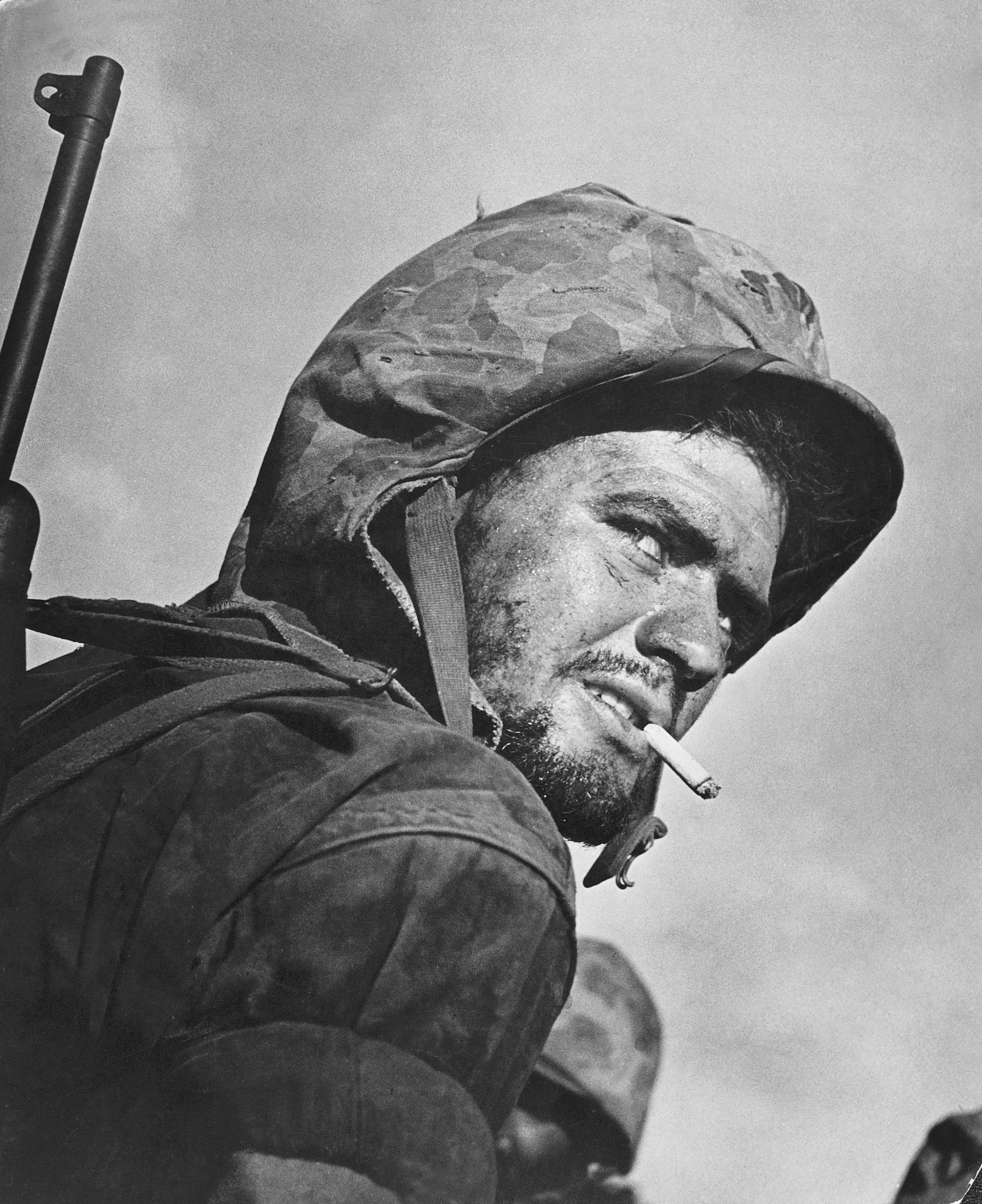
Nick Oza: Immigration (Arizona Republic) Oza’s 8-year documentary on immigration
Nicola Lo Calzo: Casta (New Yorker) Race, memory, and community in the Southern United States
Taylor Baucom: ‘Raising My Head High’: A 16-Year-Old With Quadriplegia Goes to Her Prom (LightBox) Ten years after a car accident that left her paralyzed and following years of uncertainty, 16-year-old Gena Buza attends her senior prom
Pete Marovich: Echoes of Africa Along the Carolina Coast (New York Times Lens blog) Marovich has been documenting the Gullah communities he first encountered as a teenager in South Carolina, which maintain traditions despite the challenges of encroaching development
Jonno Rattman: Mermaids on Parade (The New Yorker’s Photo Booth) Photographs from Coney Island Mermaid Parade
Ed Ou: Crimson on White: Hunting the Polar Bear (TIME.com) Pictures of an Inuit polar bear hunt in Canada
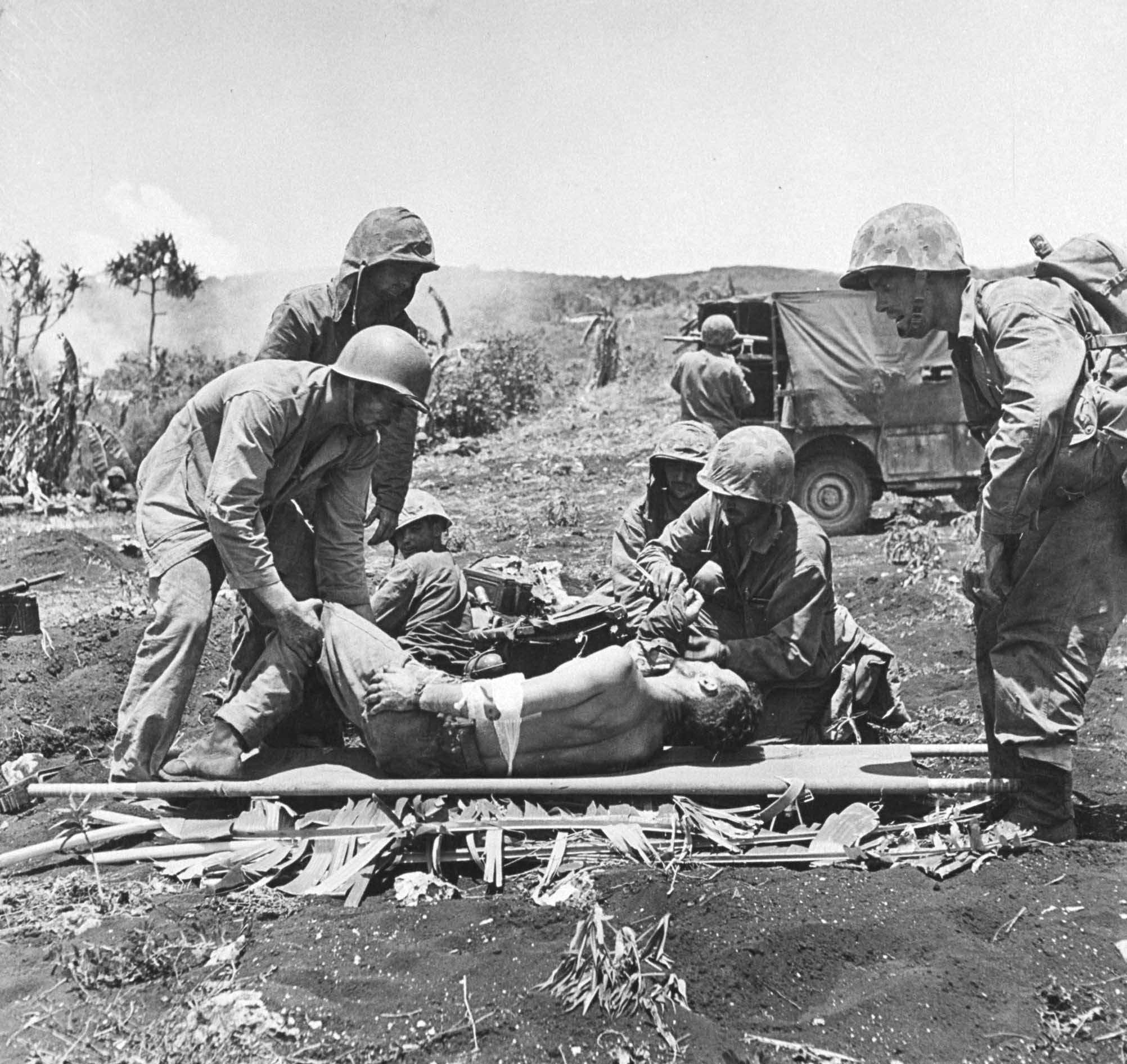
Meridith Kohut: Children’s Journey (New York Times) Wave of minors on their own rush to cross southwest U.S. border
Tommaso Protti: The dark side of Brazil’s Belo Monte dam (MSNBC) Brazil’s largest construction project poses a major humanitarian and environmental crisis
Mauricio Lima: Deep in the Amazon, an Isolated Village Tunes In to the World Cup (New York Times)
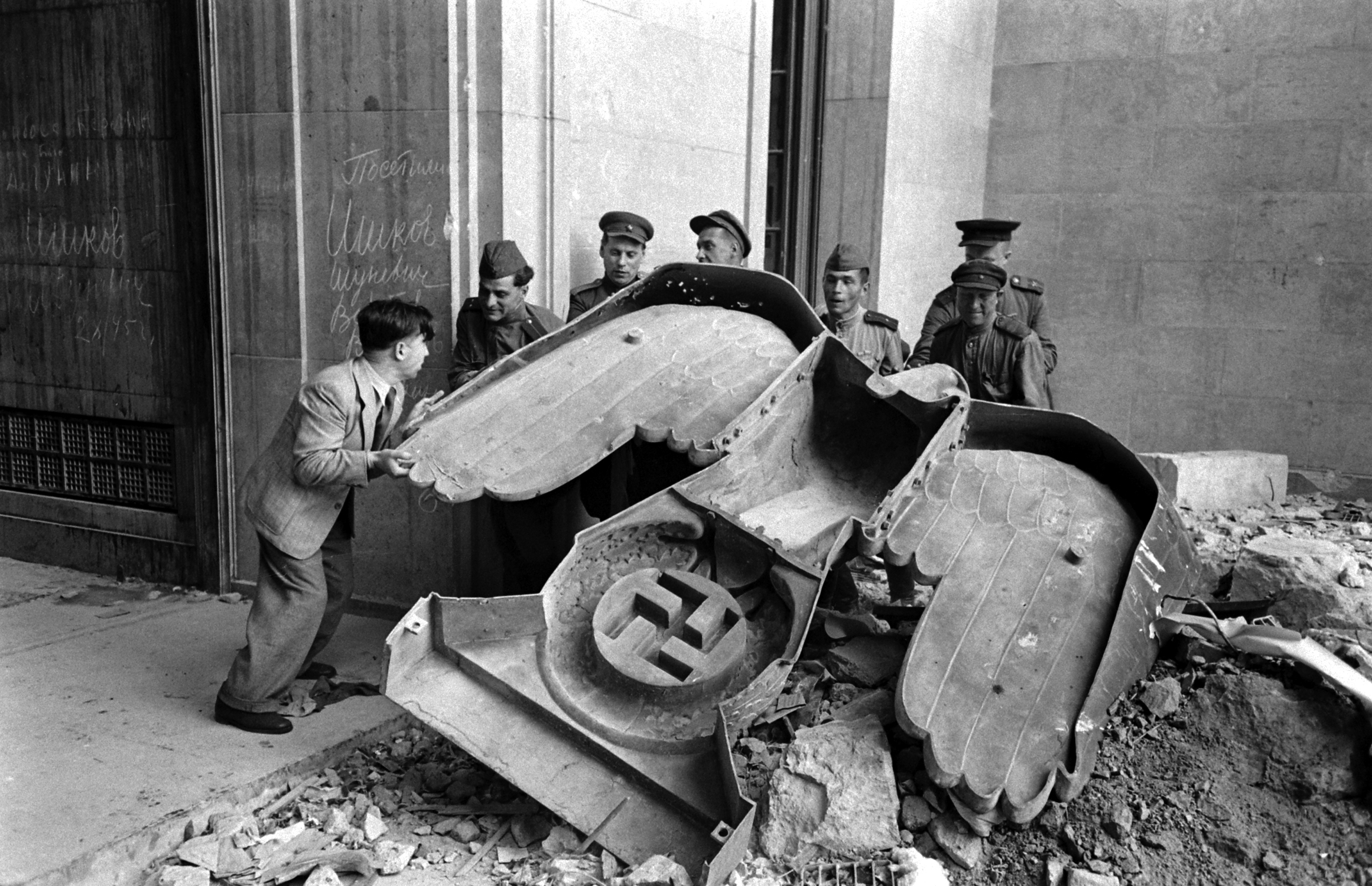
Alex Majoli: The World Cup as Seen from the Streets of Sao Paulo (Magnum Photos) Majoli has been documenting the streets of Sao Paulo during the World Cup
Tomas Munita: Echoes of War, 100 Years On (New York Times) Century-old World War I battlefields
Yusuf Sayman: Ukraine Now (Daily Beast)
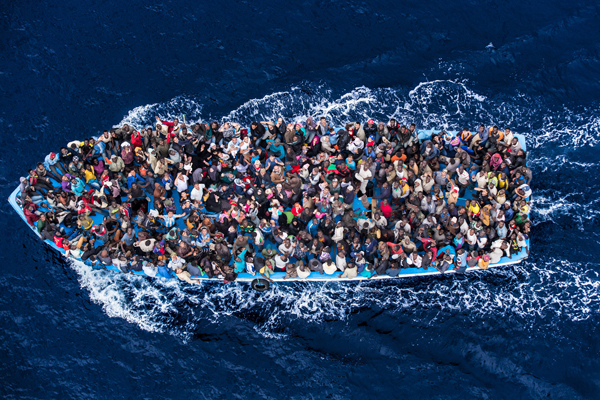
Massimo Sestini: Boat Migrants Risk Everything for a New Life in Europe (TIME.com) Sestini accompanied the Italian navy on its rescue missions earlier this month, offering a rare up-close glimpse of the men, women and children who make the dangerous trip to start a new life
Vasantha Yogananthan: French Summer Castles in the Sand (New York Times Lens blog) Every spring, French campers stake out a stretch of shoreline where they can still build makeshift beach houses that sustain a community of thousands through the summer
Articles
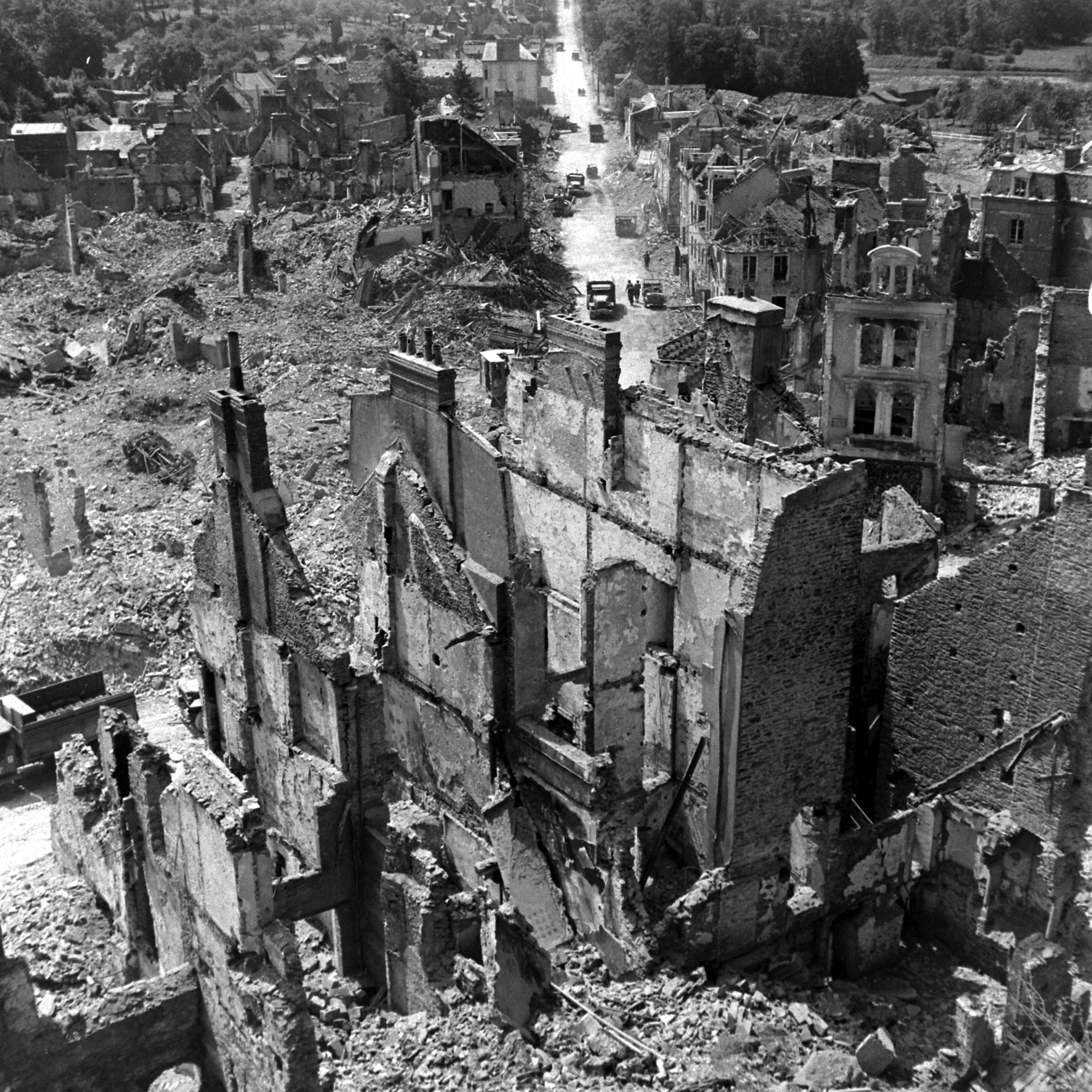
What to do with horrific images from Iraq (AFP Correspondent) ISIS pictures clearly amount to extremist propaganda, so should they have been published? For AFP, the answer is yes — but not without first taking careful precautions to ensure they were not faked. AFP also avoided publishing those photos depicting gratuitous violence for its own sake
Iraq’s Current Conflict Foretold (New York Times Lens blog) As rebel forces capture Iraqi cities, veteran photojournalists Andrea Bruce, Stanley Greene, Kadir van Lohuizen, and Yuri Kozyrev, look at the lessons learned and the obstacles that lie ahead for independent coverage in the region
John Loengard on the Role of the Photo Editor (Nieman Reports) Loengard gives tips to new photo editors (and reminders to old-timers) from his perspective as both photographer and picture editors
Land mines: Explosive remnants of war (CNN) Photographers Brent Stirton, Veronique De Viguerie, Paula Bronstein, Marco di Lauro, and Sebastian Liste documented the land mines issue across five countries
Chloe Dewe Mathews’s Shot at Dawn: a moving photographic memorial (Guardian) During the first world war hundreds of soldiers, many of them teenage volunteers, were shot by firing squad for cowardice or desertion. Chloe Dewe Mathews’s photographs of the mostly forgotten sites of their execution provide a poignant memorial of their tragic fate
Jonas Bendiksen’s Still Films from Brazil (Magnum Photos) Small films that are photographed using a super-slowmotion camera, that can convert a second’s decisive moment into twenty seconds of video | More on his Instagram feed here

In Kodak’s Hometown, Memory and History (New York Times Lens blog) Alex Webb and his wife, Rebecca Norris Webb, went to Rochester to document the fabled, if worn, home of Kodak. They returned to explore a city with a rich history and culture | Also on LightBox here
Vanessa Winship: the great, unsung chronicler of the world’s outsiders (Guardian) From Mississippi to the Black Sea, Winship’s poetic, masterful photographs show how hard it is for people to belong … so why don’t British galleries acknowledge her as this large Madrid retrospective does? She deserves it, says Guardian’s Sean O’Hagan
Daniel Arnold: Feeding New York (Nowness) Instant imaging from social media’s street-voyeur photographer
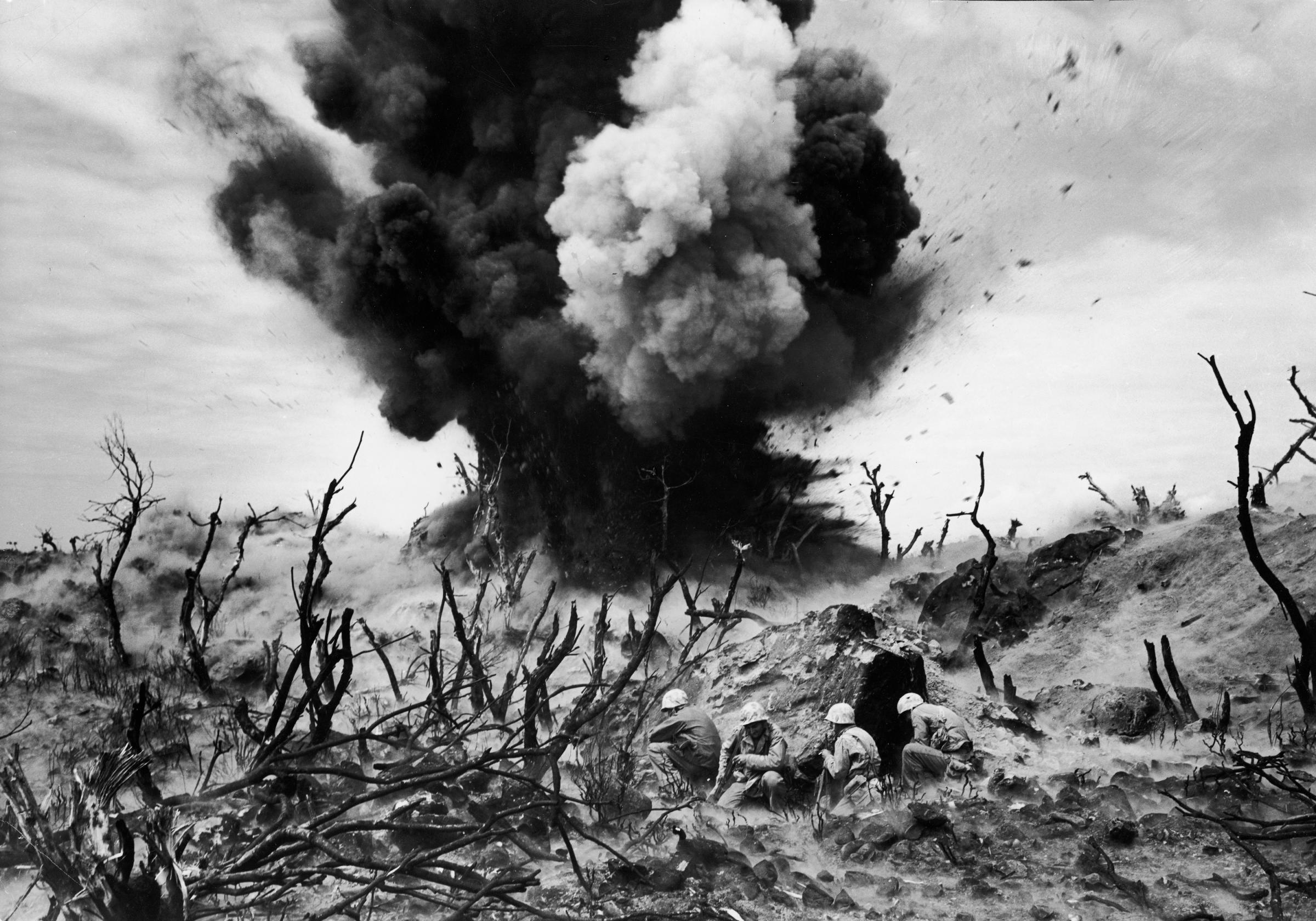
Garry Winogrand Retrospective at the Met (Daily Beast) Also on the Guardian website here
Eugene Richards Receives 2014 Missouri Honor Medal (NPPA)
A New Kind of Explorer: The Photography Fellows (PROOF) David Guttenfelder, Lynn Johnson, Cory Richards, and Brian Skerry have been named as inaugural National Geographic Photography Fellows
News Photographer Magazine Launches Digital, Online Version (NPPA)
Lynsey Addario joins Reportage by Getty Images (LightBox)
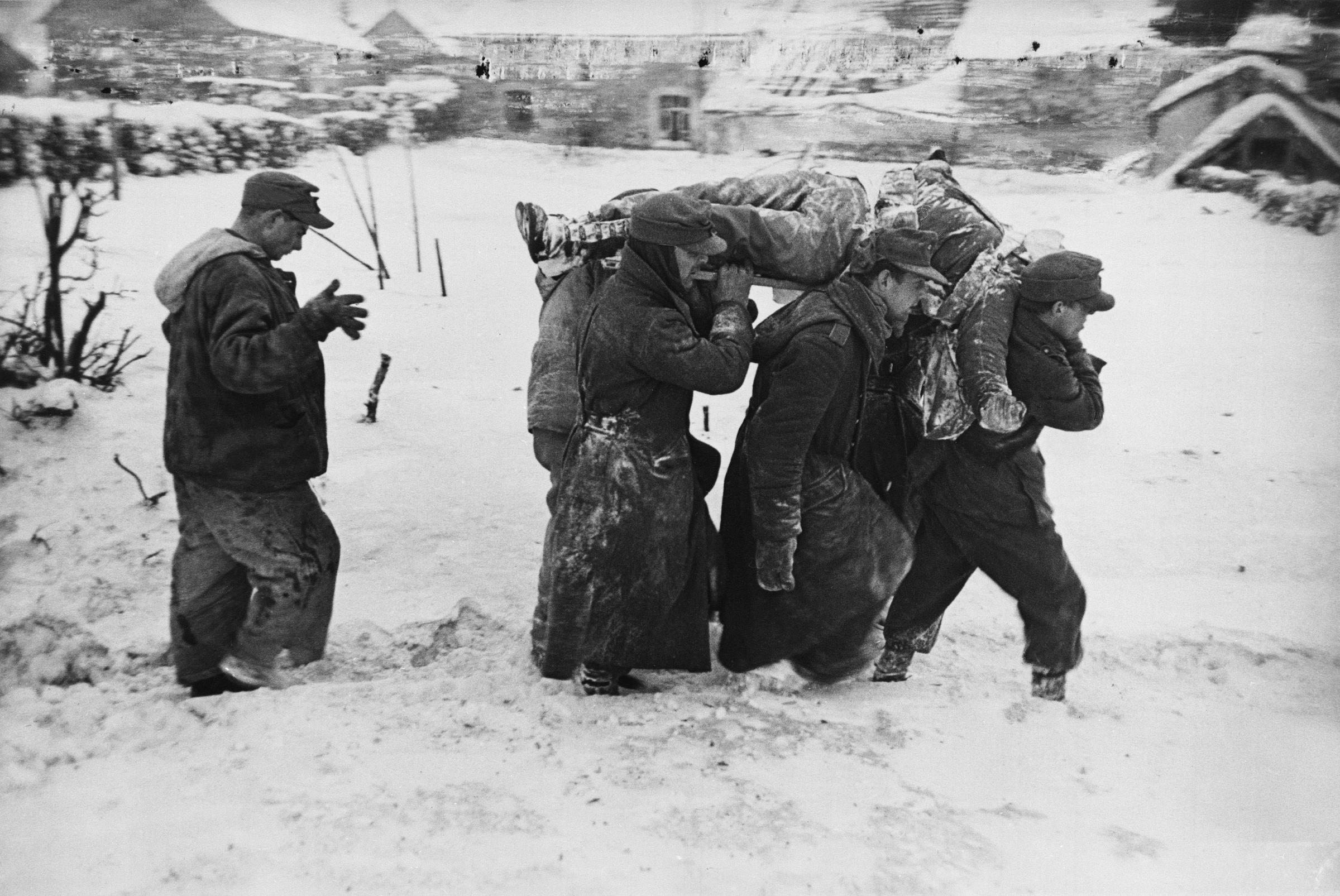
5 Documentaries About Photography Worth Watching (American Photo)
How to Make a Family Portrait (Medium) Photographer Matt Eich documented an unexpected pregnancy, and the life that came after
Taking Care of People and Pictures in Hong Kong (New York Times Lens blog) A Hong Kong nanny Xyza Cruz Bacani’s street photography
Interviews and Talks
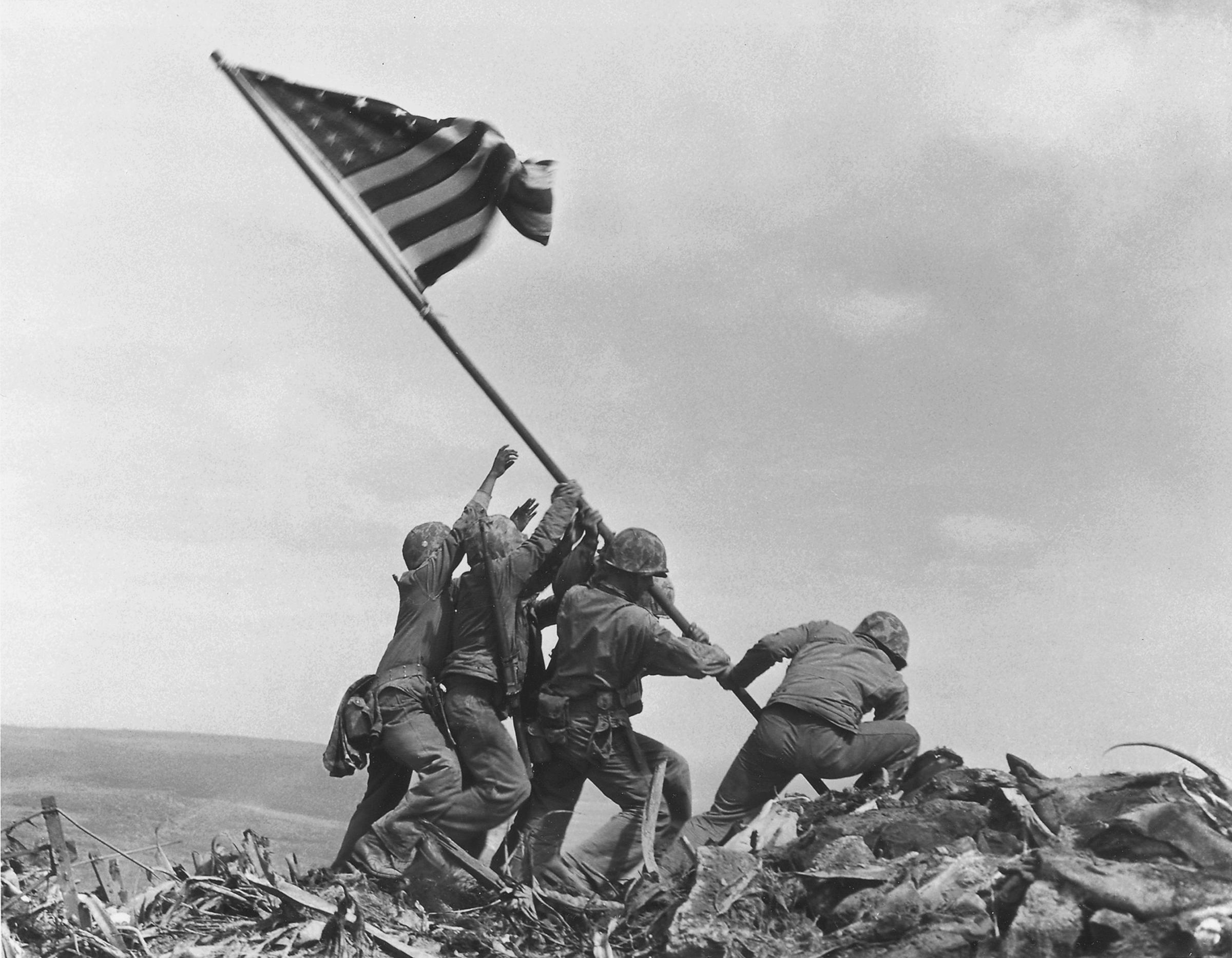
Daniel Berehulak on Afghanistan, India and Pakistan (American Photo) Also on LightBox here
Karen Mullarkey (Jmgroupmt.com) Chat with Mullarkey who cut her chops at Life Magazine and later worked as Director of Photography at Rolling Stone, Newsweek and Sports Illustrated
James Estrin and David Gonzalez on the Lens blog (NPPA)
Picture Editor Mike Davis On Clarity of Voice in Today’s Media Landscape (Photo District News)
Susie Linfield (Vogue.it) Author of The Cruel Radiance: Photography and Political Violence
Robin Hammond: The Largest Trade “On The Hoof” (PROOF) As part of a story for National Geographic about agriculture in Africa appearing in the July issue, Hammond made a stop in Somaliland to learn more about how the region exports 1.3 million sheep and goats during the annual Hajj
Rafael Milach (Dazed Digital) Milach talks about his post-Soviet portraiture project in Belarus
Bruce Davidson (Telegraph) The American photographer Bruce Davidson tells about being ‘let loose’ in the UK in 1960
About A Photo with William Albert Allard (Think Tank Photo Vimeo)
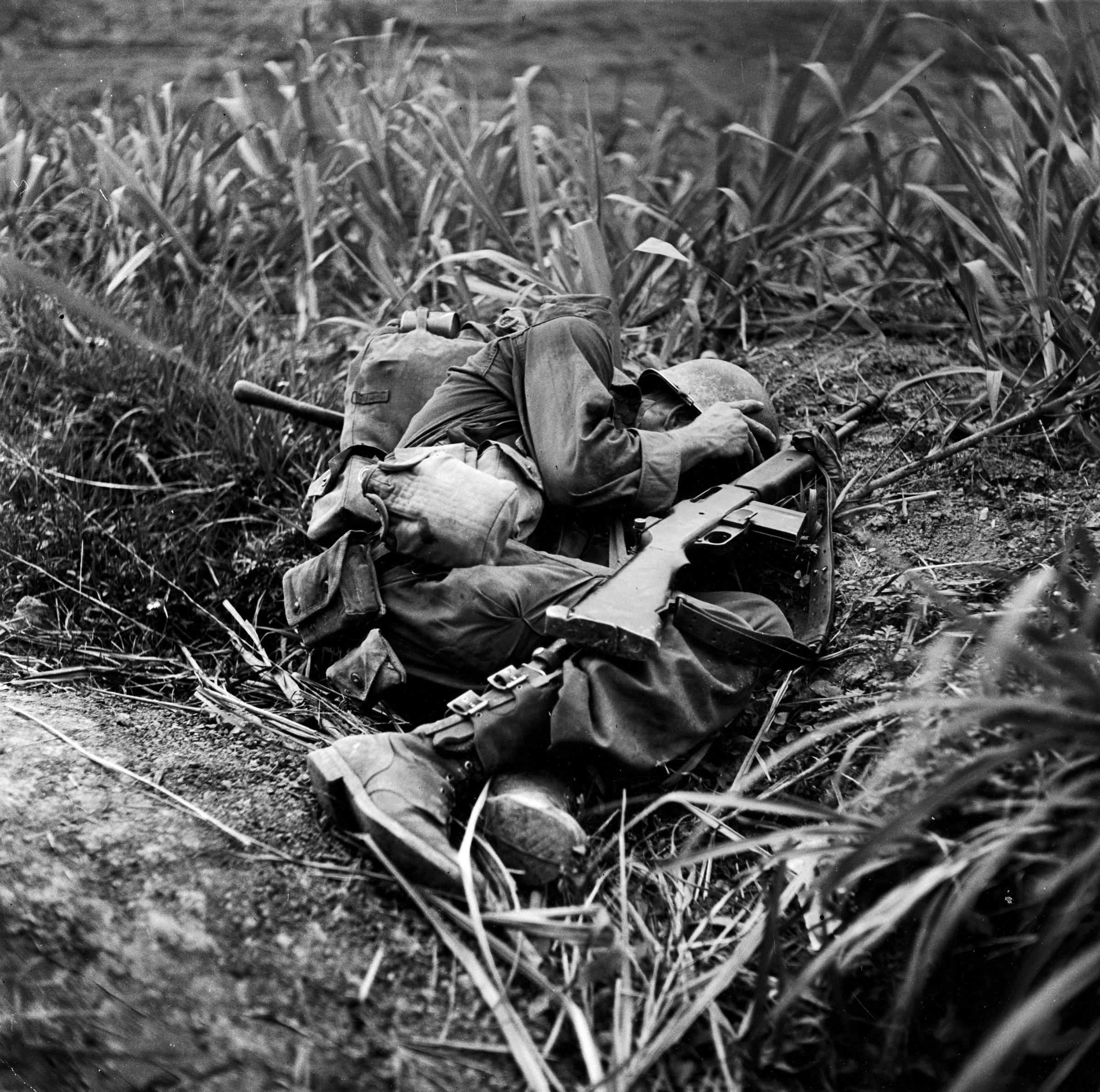
Aidan Sullivan: A Day Without News? (TEDxAtlanta) Sullivan initiated the creation of A Day Without News to focus attention on, and take steps to address, the targeting of journalists in armed conflict
Zed Nelson (British Journal of Photography) Nelson’s documentary, Europe’s Immigration Disaster, looks at the 2013 Lampedusa migrant boat tragedy
5 Questions for Peter van Agtmael (APhotoADay)
David Gilkey (NPR) Gilkey went to Cuba and made images of the one thing his editors told him to avoid: cars
Susana Raab (Fusevisual) Interview with the Washington D.C. based photographer
Martin Schoeller and the Three-Legged Dog (PROOF) Schoeller on photographing a war dog for National Geographic’s June cover
Jonathan Torgovnik on his series ‘Girl Soldier’ (PROOF) Life after war in Sierra Leone
Q&A With Sebastian Meyer on working and living in Kurdistan (Roads and Kingdoms)
Ed Kashi (Telegraph) Kashi talks about photographing refugees in Azerbaijan
Melissa Golden (The Photo Brigade) Podcast with the Washington D.C. based photojournalist
Guillem Valle (Leica Camera blog)
Mikko Takkunen is an associate photo editor at TIME.com. Follow him on Twitter @photojournalism.
More Must-Reads from TIME
- How Donald Trump Won
- The Best Inventions of 2024
- Why Sleep Is the Key to Living Longer
- Robert Zemeckis Just Wants to Move You
- How to Break 8 Toxic Communication Habits
- Nicola Coughlan Bet on Herself—And Won
- Why Vinegar Is So Good for You
- Meet TIME's Newest Class of Next Generation Leaders
Contact us at letters@time.com